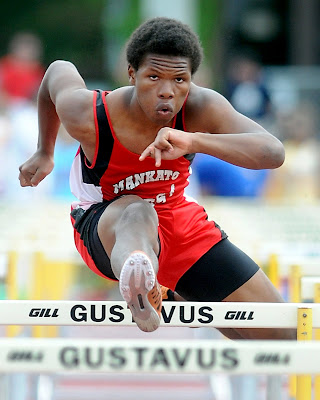 |
| Flight 175 approaches the south tower on 9/11. AP Photo |
I was working as the only photographer at the Fergus Falls Daily Journal, a small, 6-day a week paper in northwestern Minnesota. My work day started at 6:45 a.m. (as usual, and yes, it hurt!) processing film from the previous day's assignments. As the editor/page designer and other reporters started to filter into the newsroom, I was sitting at my computer scanning negatives for that day's paper. I was the only person in the newsroom without a direct view of the lone television in the room.
By chance, I turned around to ask the editor a question right when CNN broke through their regular coverage with the image of the World Trade Center's north tower burning. "A plane hit the World Trade Center," I said as I watched the coverage.
After rapidly scanning the rest of my photos I continued to watch the coverage as United Airlines Flight 175 struck the south tower and as American Airlines Flight 77 hit the Pentagon. Before United Airlines Flight 93 crashed in Pennsylvania I was on the phone with the Associated Press bureau chief in Minneapolis asking to get pictures from the wire (we didn't subscribe to the AP Photostream at the Journal. Too expensive.), which all newspapers in Minnesota were given, whether they were subscribers or not. The Journal, being one of the few afternoon papers left in the state, had the story and photos on A1 about the terrorist attacks in the Sept. 11 paper.
 |
| The driver of a delivery truck that nearly hit a school makes a call. Sept. 11, 2001. |
I still have a CD in my personal archive of all the photographs I pulled from the wire or shot for about 4 days after 9/11. It was interesting pulling that CD out this week to take a look at them. That CD will always help me remember the day our society changed. I am privileged to work in an industry that chronicles history in real time, both the good and the bad.





















